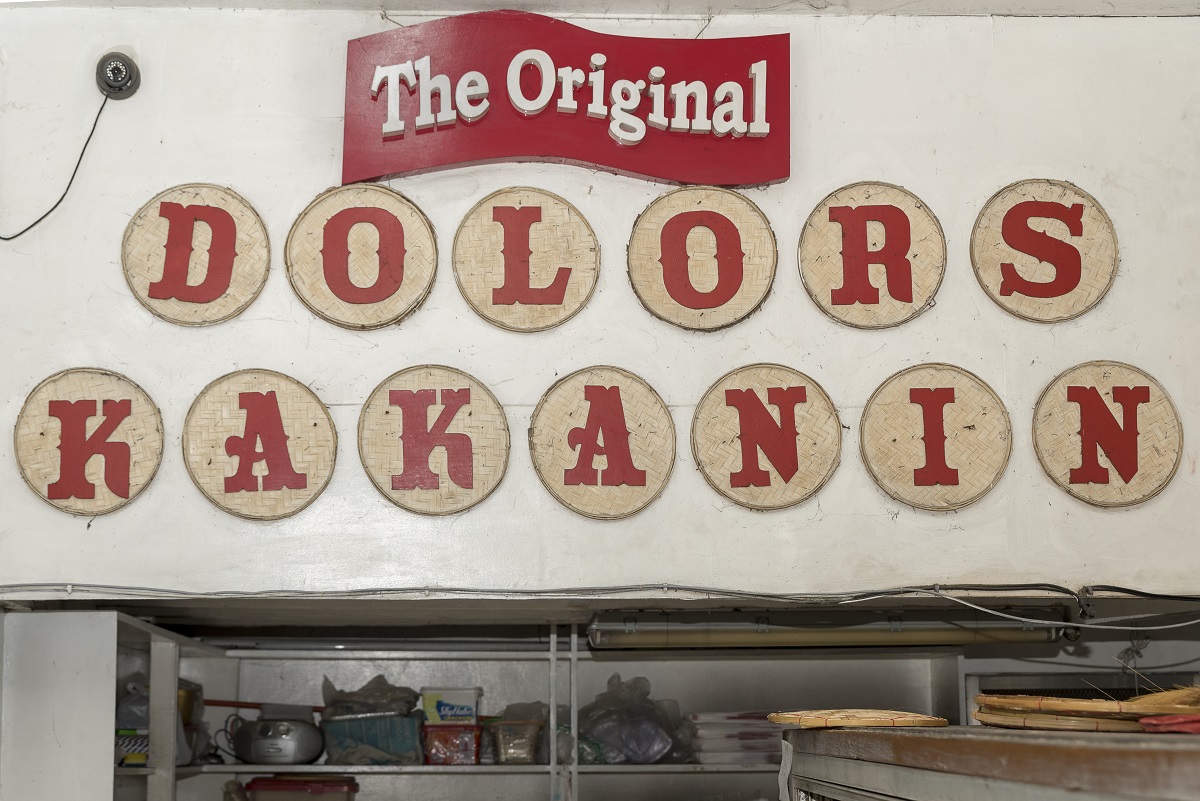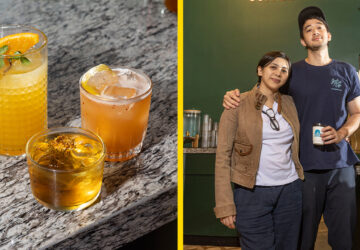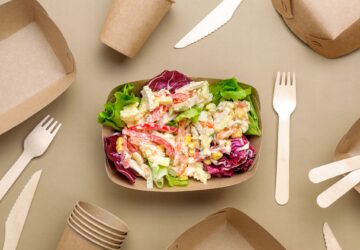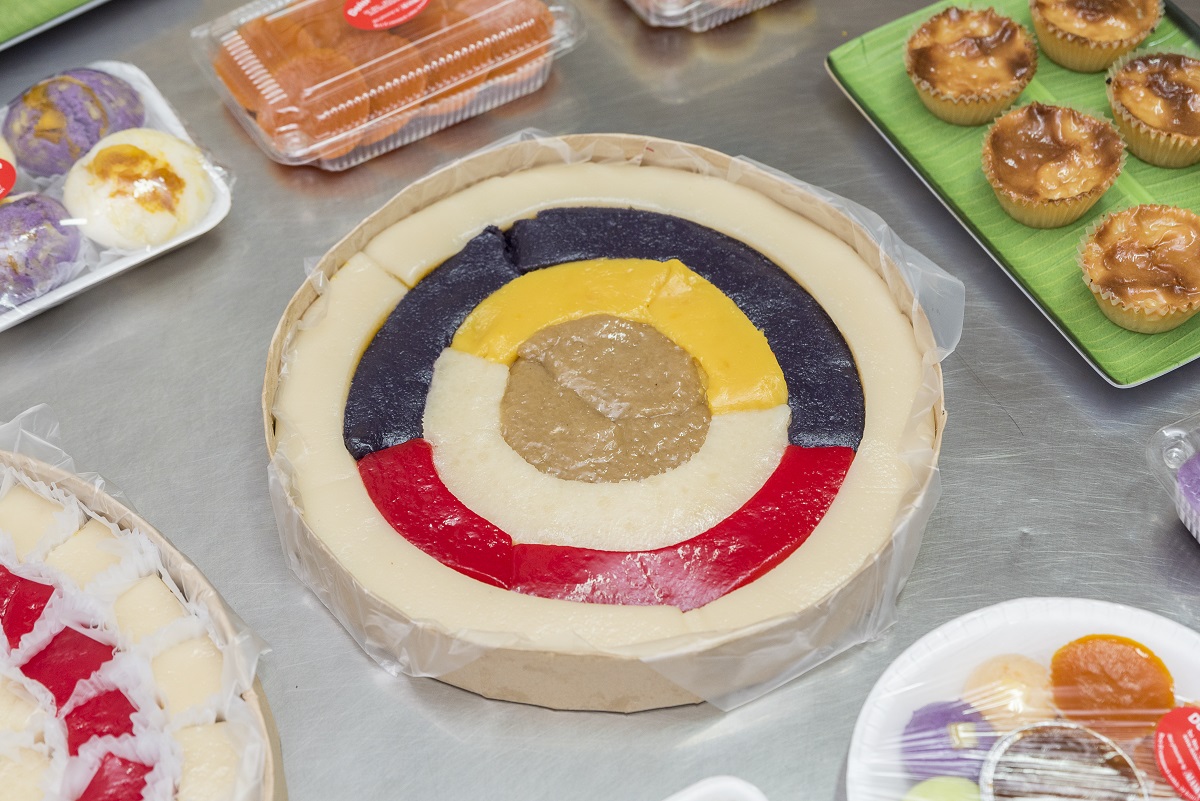Mention the name “Dolor’s” and a particular kakanin or rice delicacy instantly comes to mind—sapin-sapin. Neatly placed on a bilao (circular bamboo tray), this rainbow-colored treat is made with glutinous rice flour, sugar, condensed milk, and cold-pressed coconut cream. Each layer of color corresponds to a particular flavor: white for cassava, purple for kalamay ube, red for kutsinta, yellow for maja mais, and brown at the center for biko. Half of the outermost part is a sapin-sapin, divided into three shades of white, yellow, and purple. This soft and gooey treat is typically served with latik (toasted coconut curd) and a generous sprinkling of budbod (toasted coconut bits).
Dolor’s story

Dolores “Aling Dolor” Santos was the breadwinner in a brood of nine siblings. Her natural diligence, curiosity with food, and the desire to make ends meet revealed a knack for entrepreneurship. Armed with the drive to rise from her economic status in her early 20s (back in the 1930s), she took a big chance on meticulously making her own puto and kutsinta, assembling them on a big bilao, and valiantly peddling them in the palengke. With the thought of innovating her product offerings, she gradually added different types of kakanin like kalamay ube, biko, maja mais, and sapin-sapin, which eventually became a sensation, earning a cult following among loyal patrons.
Armed with the drive to rise from her economic status in her early 20s (back in the 1930s), Dolor Santos took a big chance on meticulously making her own puto and kutsinta, assembling them on a big bilao, and valiantly peddling them in the palengke.
Over time, her homemade delicacies yielded such high demand that she was forced to just sell them at home, investing in a simple counter with several shelves to display her native desserts. Customers would go to her humble shop along Escanilla Street, a narrow alley situated beside the Immaculate Conception Parish Church.
Her family members were not only witnesses to her hard work cooking huge orders over a steamer fueled by burning coconut husks but also to her ingenuity and passion, even at her age. With three generations living in a single house, her nieces and nephews oftentimes offered to help, which made for a welcome bonding moment.
Business evolution

Her 70-year-old niece Elenita “Ellen” Jacinto vividly recalls the intimate conversation with her aunt that sparked the idea of selling all the kakanins they cooked on one bilao. “Para masubukan lahat ng customers ang lahat ng produkto namin sa isang bilao.” And that gave birth to the identity of Dolor’s.
Ellen delightedly shares that Dolor’s Kakanin started receiving a different market profile through the late Petra Furagganan (mother of Juan Ponce Enrile, Sr.), who discovered their stall when she was a frequent mass-goer at the Immaculate Conception Parish Church.
For years, the rice would come from Bulacan, the glutinous rice from Palawan, the sugar from Negros, and the coconuts from Batangas and Quezon.
As a Malabon native, Furagganan made it a point to serve the famed homegrown brand at her hosted merienda cena, graced by Manila’s high society. Likewise, she would proudly bring it to the nearby Tropicana Studio, the atelier of the late “Mang Ador,” known as the “Photographer of the Stars” to LVN Pictures artists like Susan Roces, Fernando Poe, Jr., Amalia Fuentes, and Dolphy. It received the nod from the elite and celebrities, and they started ordering as well. Since then, the iconic delicacy has received attention and admiration outside the perimeters of Malabon.
Aling Dolor never married, and she dedicated her life to running the business and providing for her family. She passed away in 1997. Her legacy lives on through her niece, kitchen assistant, and recipe custodian, Jacinto. Aware of her responsibility to pass on the torch to the future generation, Ellen has chosen her niece, Denise “Deedee” Tabije, to be the deserving successor.
Tabije holds a doctorate in sports science but is empowered to carry on what her grandmother successfully built back in the day. With her aunt standing close to guide her every move, she has contributed significantly by documenting the recipe and business operations and eventually expanding retail operations to Manila’s malls. Her next big move is to ride the digital wave—by making their products available online.
The bottleneck

Jacinto always sticks to the business philosophy of her aunt Dolor: to only choose quality ingredients. For years, the rice would come from Bulacan, the glutinous rice from Palawan, the sugar from Negros, and the coconuts from Batangas and Quezon. She would personally screen the delivery of each grain and agri-product to ensure consistency.
The big challenge will always be the produce that is supplied. If the farmers’ crops are affected, it disturbs the production and they have to go through the process of sourcing other suppliers. One time, they were heavily affected by the “cocolisap” infestation and they had to look for the same variant of coconut elsewhere. It was important that it produced the same creamy texture.
The other haunting concern is that other relatives decided to put up a business anchored on the same brand. It has created confusion in the market and product quality is often compared. Jacinto keeps mum about it and just tells their clientele to look for the red box with the stamp of “Original” Dolor’s Kakanin.
As for bilin from her aunt Dolor, she had this foremost instruction she left behind: “Huwag na huwag mong iibahin ang recipe.” And Jacinto has been keeping true to it.
With over 80 years in the business, the dream of a young woman has evolved into a well-loved brand. The intention of providing for her family has been fulfilled for the current generation and many more to come.
Originally published in F&B Report Vol. 15 No. 3






I just came across this write-up. Being from Cagayan Province, I know a bit about the history of Sen Juan Ponce Enrile which leads me to think that it was not his mother, the late Petra Furagganan, who introduced the kakanin to “high society” but maybe the mother of his half-sister, Armida Ponce Enrile Siguion Reyna (who passed away recently). I understand that the family of Armida’s mother comes from a prominent family in Malabon.